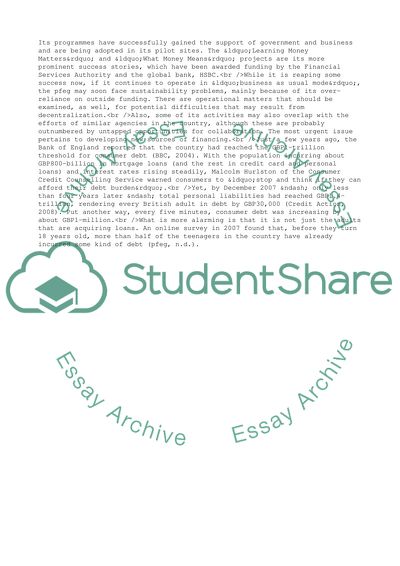Cite this document
(Strategic planning and implementation Case Study, n.d.)
Strategic planning and implementation Case Study. https://studentshare.org/management/1714580-strategic-planning-and-implementation
Strategic planning and implementation Case Study. https://studentshare.org/management/1714580-strategic-planning-and-implementation
(Strategic Planning and Implementation Case Study)
Strategic Planning and Implementation Case Study. https://studentshare.org/management/1714580-strategic-planning-and-implementation.
Strategic Planning and Implementation Case Study. https://studentshare.org/management/1714580-strategic-planning-and-implementation.
“Strategic Planning and Implementation Case Study”. https://studentshare.org/management/1714580-strategic-planning-and-implementation.


